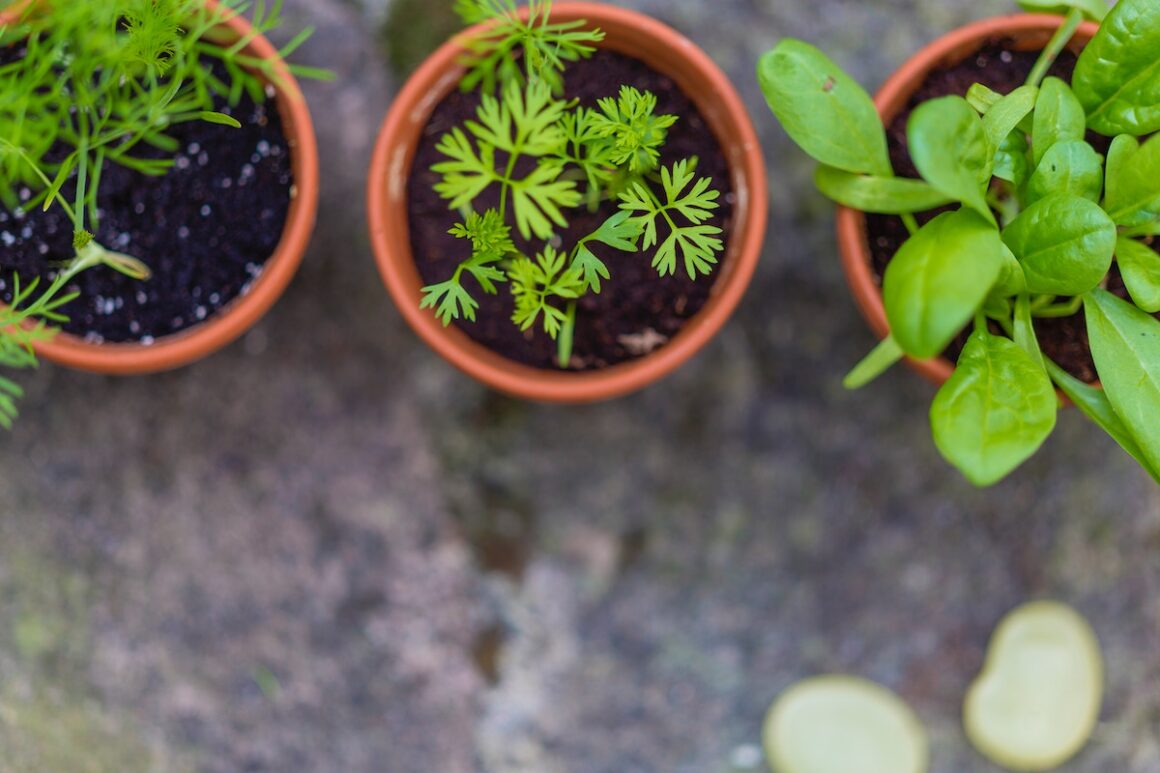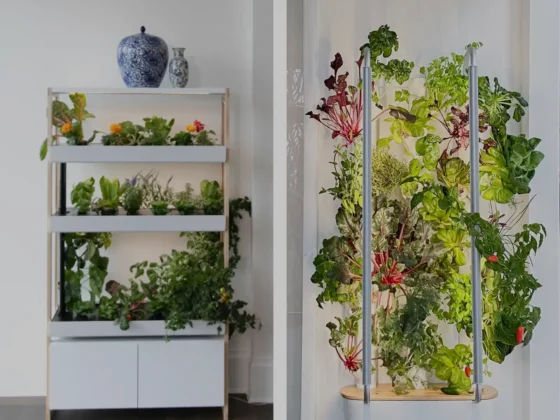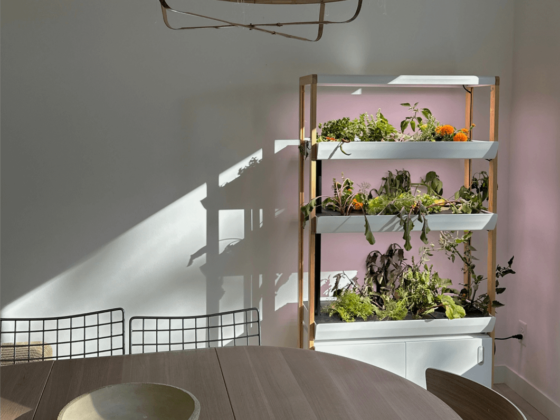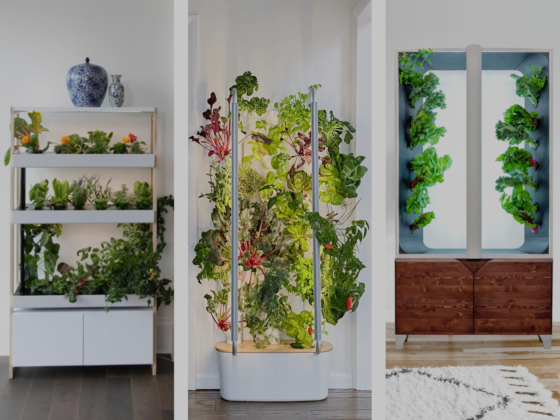Having fresh herbs at your fingertips can elevate your culinary experience and bring a touch of nature to your kitchen. Growing herbs indoors on your kitchen counter not only adds flavor to your dishes but also enhances the aesthetics of your living space. Whether you’re a seasoned chef or a novice cook, cultivating your own indoor herb garden is a rewarding and surprisingly easy endeavor. Here are some of the best herbs to grow on your kitchen counter, ensuring a fragrant and flavorful journey right at your fingertips.
1. Basil:
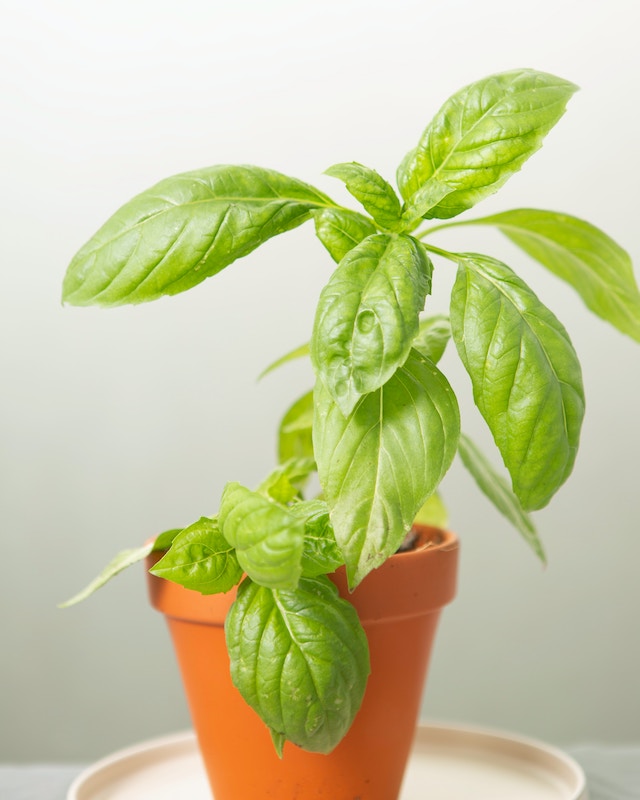
Basil is a must-have in any kitchen garden. Its aromatic leaves complement a variety of dishes, from pasta and salads to soups and sandwiches. Choose a sunny spot for your basil plant and keep the soil consistently moist. Regular pruning will encourage bushier growth, providing you with a steady supply of fresh basil throughout the year.
- Placement: Sunny windowsill or near a south-facing window.
- Light: 6-8 hours of direct sunlight per day.
- Watering: Keep soil consistently moist, but not waterlogged. Water when the top inch of soil feels dry.
2. Mint:

Mint is a versatile herb that adds a refreshing touch to both sweet and savory dishes. With various varieties like peppermint and spearmint, you can experiment with flavors. Mint thrives in partial shade, making it an excellent choice for indoor cultivation. Be mindful of its spreading nature, and consider planting it in a separate container to prevent it from taking over your herb garden.
- Placement: Partial shade or near a window with filtered sunlight.
- Light: 4-6 hours of indirect sunlight per day.
- Watering: Keep the soil consistently moist. Mint prefers slightly damp soil.
3. Rosemary:

Known for its distinctive fragrance, rosemary is a resilient herb that adds a savory note to your culinary creations. Place your rosemary plant in a sunny location and let the soil dry out between waterings. This herb is well-suited for indoor cultivation, and its woody stems make it a visually appealing addition to your kitchen counter.
- Placement: Sunny location with good air circulation.
- Light: 6-8 hours of direct sunlight per day.
- Watering: Allow the soil to dry out between waterings. Water sparingly.
4. Chives:
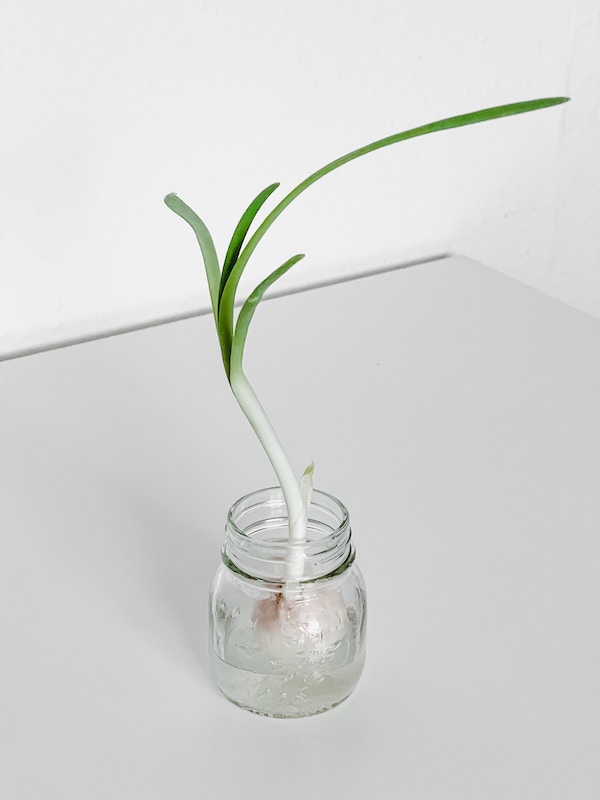
Chives, with their mild onion flavor, are perfect for garnishing salads, soups, and omelets. These slender green stalks are easy to grow indoors, requiring minimal care. Ensure they receive ample sunlight, and trim the leaves regularly to encourage continuous growth. Chives’ delicate appearance makes them an aesthetic addition to your indoor herb garden.
- Placement: Bright, indirect light or near a sunny window.
- Light: 4-6 hours of indirect sunlight per day.
- Watering: Keep soil consistently moist. Water when the top inch of soil is dry.
- Bonus Tip: Try regrowing more chives from the grocery store by placing them directly in water.
5. Parsley:

Parsley is a kitchen essential, adding a burst of freshness to a wide range of dishes. It prefers partial shade and moist soil, making it well-suited for indoor cultivation. Regular pruning helps maintain the plant’s vigor and ensures a constant supply of parsley for your culinary endeavors.
- Placement: Partial shade or near a window with filtered sunlight.
- Light: 4-6 hours of indirect sunlight per day.
- Watering: Keep the soil consistently moist. Water when the top inch of soil feels dry.
6. Thyme:
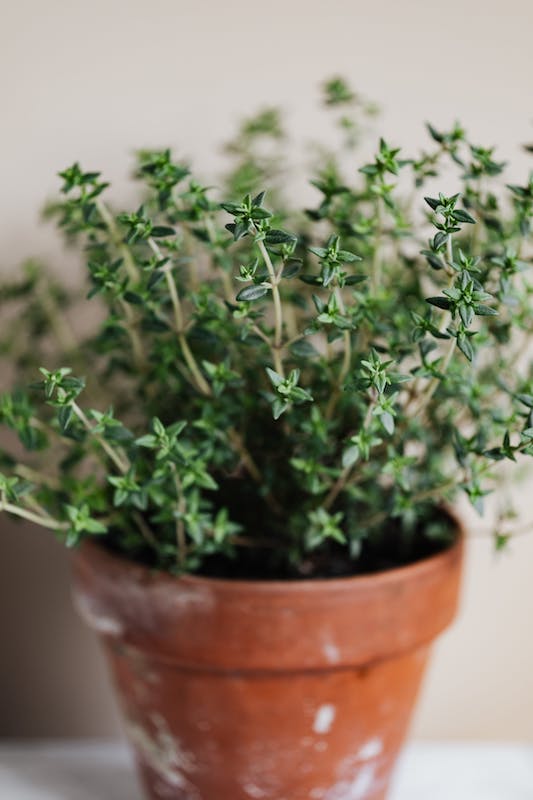
Thyme’s earthy and aromatic flavor makes it a popular choice for various dishes. This herb thrives in well-draining soil and enjoys plenty of sunlight. With its compact growth habit, thyme is an ideal herb for smaller kitchen spaces.
- Placement: Sunny windowsill or near a south-facing window.
- Light: 6-8 hours of direct sunlight per day.
- Watering: Allow the soil to dry out between waterings. Water sparingly.
7. Cilantro:
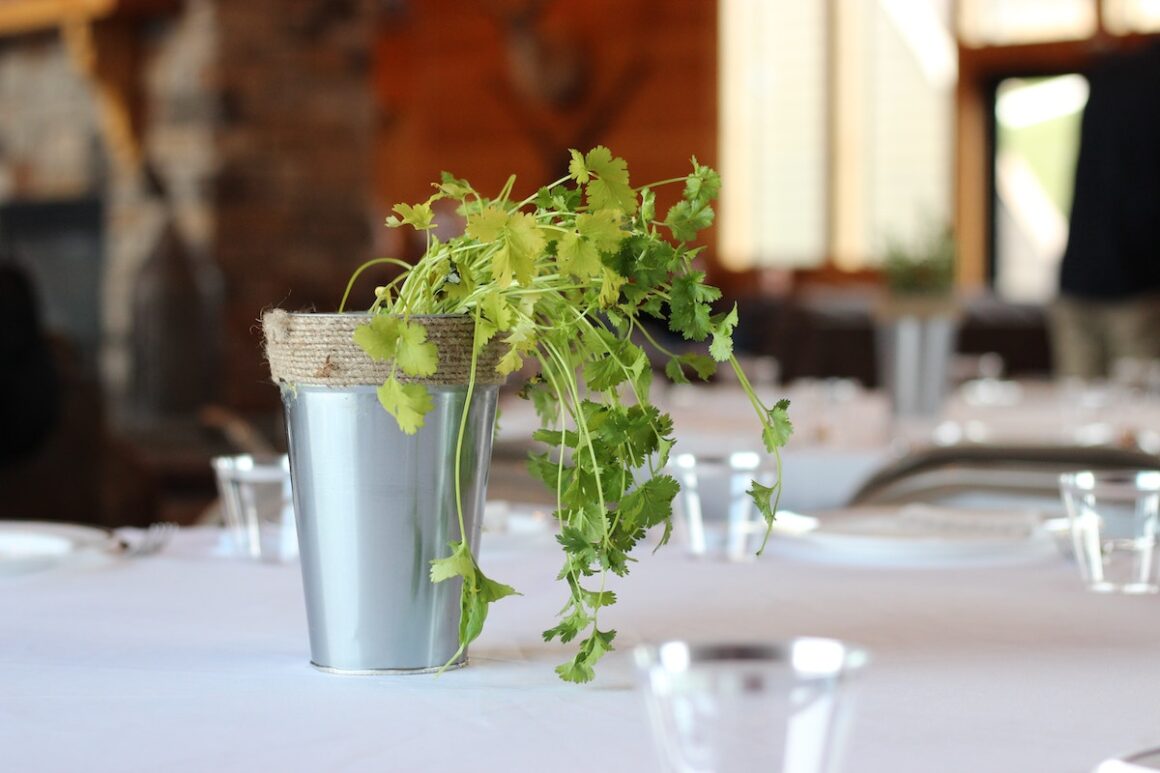
Cilantro, also known as coriander, is a staple in many cuisines, providing a burst of freshness to salsas, curries, and more. Ensure a sunny location for your cilantro plant and keep the soil consistently moist. Consider successive plantings to maintain a continuous supply, as cilantro tends to bolt in warm conditions.
- Placement: Bright, indirect light or near a sunny window.
- Light: 4-6 hours of indirect sunlight per day.
- Watering: Keep soil consistently moist. Water when the top inch of soil feels dry.
Tips for Successful Indoor Herb Gardening:
- Choose suitable containers with drainage holes to prevent waterlogging.
- Use high-quality potting soil enriched with organic matter.
- Provide adequate sunlight, either through natural light or supplementary grow lights.
- Water your herbs consistently, allowing the soil to dry out slightly between waterings.
- Fertilize with a balanced, water-soluble fertilizer every few weeks during the growing season.
By incorporating these herbs into your indoor kitchen garden, you not only enhance the flavors of your dishes but also bring the joy of gardening into your home. Experiment with different combinations and savor the satisfaction of harvesting your own homegrown herbs throughout the year. Happy growing and happy cooking!
